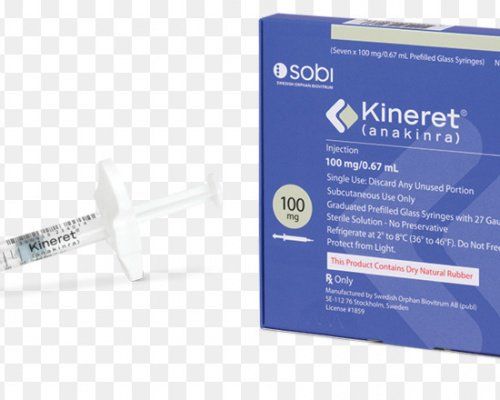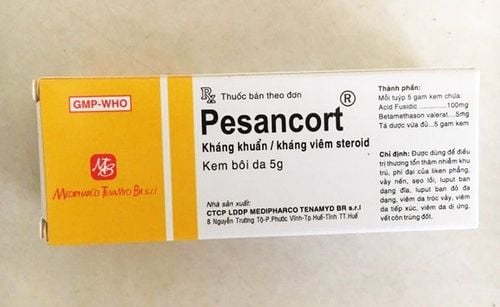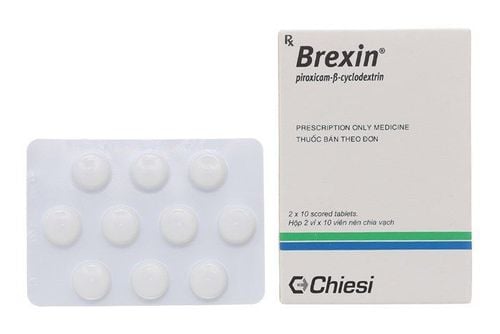This is an automatically translated article.
Rheumatoid arthritis is a common disease today, it takes many factors to most accurately diagnose this disease. Diagnostic tests for joint disease are very diverse and it is necessary to perform a variety of diagnostic tests to confirm the diagnosis of joint disease.
1. Why do diagnostic tests for joint disease?
Rheumatoid arthritis is one of the diseases caused by disorders of the human immune system and has a very high complexity. Rheumatoid arthritis symptoms include:
After waking up in the morning, there are often signs of stiffness, occurring in 1 hour, repeated many times. There are about 3 or more joints are inflamed, the signs of inflammation can be seen with the naked eye such as arthritis joints are often symmetrical, usually occurring in the hand, lasting more than 1 week. Appears hard particles under the skin, about 5-15 mm in size, painless, fixed, usually located on elbows, wrists, and knees. Blue skin, anemia Fever, body fatigue Because the clinical symptoms as well as the signs of arthritis are quite easy to confuse with other medical conditions, when the patient has suspicious signs, it should be done. Arthritis tests cover a wide variety to make the diagnosis as accurate as possible. In addition to reinforcing the diagnosis of arthritis, diagnostic tests for joint disease also contribute to assessing the extent and progression of this disease.

Người bệnh có triệu chứng sốt kèm mệt mỏi
2. Types of diagnostic tests for joint disease
Types of diagnostic tests for joint disease include 2 main types: basic tests and specific tests:
2.1 Basic tests Some basic tests are used to check for inflammation in the body and can contributes to the differential diagnosis between rheumatoid arthritis and a number of other diseases as follows:
Blood count test: is a test to help check the number of red blood cells, white blood cells, and platelets to assess the condition. inflammation in the body as well as the overall health of the patient. When an infection occurs in the body, the number of red blood cells will usually decrease, instead of white blood cells and platelets will increase. Biochemistry test: is a basic test to help assess whether the metabolic processes taking place in the body are abnormal, such as the concentration of electrolytes, ionized salts such as sodium, potassium, chloride. .. Some biochemical indicators also help to survey the status of cardiovascular disease, diabetes, assess kidney and liver function... ESR test: is a test that checks the sedimentation rate of red blood cells in the blood to help assess inflammation taking place in the body. In a normal state, men have a erythrocyte sedimentation rate of 1-13 mm/hr and women 1-20 mm/hr, but in rheumatoid arthritis, the ESR is higher than this and less than 100 mm/hr. hr, if it's more than 100 mm/hr it could be another infection or it could be cancer or an injury. This method is quite fast and effective in assessing the inflammation of the body, but it still has limitations in terms of not being able to find the cause of the infection. CRP test: is a method to measure the amount of C-reactive protein in the blood, also a method to investigate inflammation, especially acute inflammation. Specifically, the CRP index of a patient with an inflammatory state will increase in the first 6 hours. In addition, the CRP index is also independent of the values of Globulin and Hematocrit, so for patients with abnormalities in these two indicators, the CRP test is an effective option to evaluate acute inflammation. Antinuclear antibody test ANA: this test helps to distinguish rheumatoid arthritis from other bone diseases and lupus erythematosus. The test is performed by observing the patient's serum sample under a specialized microscope. Some statistics show that the rate of ANA positive for rheumatoid arthritis is 50% and for lupus is 95%.
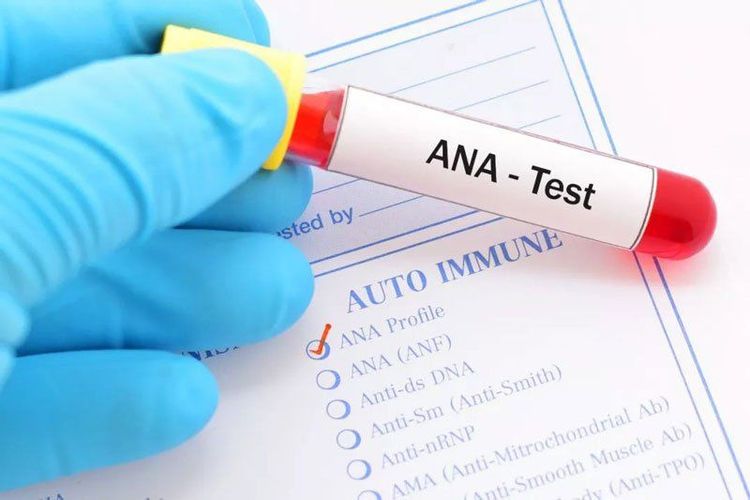
Xét nghiệm kháng thể kháng nhân ANA
Anti DNA and Anti Smith test: is a test that contributes to confirm the diagnosis as well as differentiate rheumatoid arthritis from lupus erythematosus. If the ANA is positive and the test shows the presence of Anti DNA and Anti Smith, the patient has lupus erythematosus and the diagnosis of rheumatoid arthritis is excluded in this case. Tests to check the condition of the lungs and kidneys: The assessment of lung and kidney function can help assess the severity of rheumatoid arthritis because the arthritis syndrome affects these two organs. About 20% of patients with rheumatoid arthritis will develop chronic pneumonia. And when the arthritis syndrome is not treated properly, there will often be signs of kidney damage, so this test is very important in evaluating treatment. Electrocardiogram: This is a technique to help survey the level of cardiovascular complications of rheumatoid arthritis. In addition, if there is surgery in rheumatoid arthritis, the electrocardiogram also helps to evaluate the patient's condition before surgery to conduct surgery.
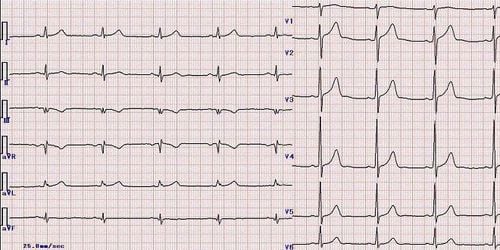
Đo điện tâm đồ:
2.2 Specific tests Arthritis specific tests that are of high value in the diagnosis include:
Serum RF factor : qualitative and quantitative values of RF factor are of very high value in determining diagnosis of arthritis syndrome and especially rheumatoid arthritis. RF is an antibody produced by the human immune system. The RF arthritis test is often highly valuable when the patient has the above systemic disorder, which causes inflammation in the body. If the RF index is elevated, the patient is suffering from arthritis or Sjogren's syndrome. There are still cases where RF is negative but patients with rheumatoid arthritis are false negatives, or RFs that are positive in healthy patients or have other conditions are called false positives. For these reasons, RF is not really specific and is not the gold standard for diagnosing patients with rheumatoid arthritis. Anti CCP test: anti CCP is a rheumatoid factor also produced by the immune system and when the immune system is disturbed, Anti CCP is also very high as RF factor. However, Anti CCP has many advantages over RF such as higher sensitivity and specificity. The Anti CCP test is usually done at the same time as the RF arthritis test and must be accompanied by clinical signs to make a diagnosis of rheumatoid arthritis. X-ray and other techniques: X-ray images show whether there is any damage in the joints, whether the bones are worn, whether there is displacement or not. Usually, there will be indications to take X-rays at 2 feet and 2 hands because this location often occurs rheumatoid arthritis. In addition, a number of other techniques such as magnetic resonance imaging (MRI), ultrasound scanning also help doctors diagnose and monitor the health status and soft lesions on the patient's body in the best way.

Hình ảnh X quang khớp gối
There are many types of diagnostic tests for joint disease that patients with suspected symptoms need to complete to diagnose the disease as well as assess the progression of the disease. Among the types of diagnostic tests for rheumatic diseases, there are some specific tests that the patient must definitely perform to make a definitive diagnosis.
To register for examination and treatment at Vinmec International General Hospital, you can contact Vinmec Health System nationwide, or register online HERE
SEE MORE
Spinal mobilization exercises neck and shoulder joints Calcium deficiency - leading cause of osteoporosis and musculoskeletal diseases Prevention of back pain and lumbar disc herniation




